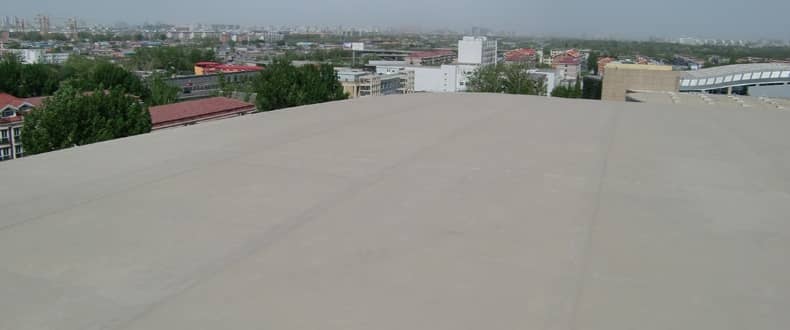Roof replacements are a large investment. But regularly inspecting your roof and knowing the signs of wear can extend its life and allow you to plan for the cost of replacing it when the time comes.
All roofs need occasional maintenance, and each type of roofing material shows different kinds of wear. For this short guide, it’s important that you understand what type of roof you have because there are many different varieties. If you’re unsure of what type of roof you have, call a professional roofer who can identify it and help in its inspection.
Why It Matters
Regular roof inspections allow you to identify small problems before they get big. You can fix seams before they become a serious issue, catch leaks before they damage a building or check the adherence of flashings and other components before the roof potentially blows off.
This also allows you to properly budget for repairs and/or new roofing. Roofs are large capital expenditures, and it’s best to plan for one rather than face an emergency replacement.
For buildings with rigorous cleanliness standards like foodservice operations or healthcare facilities, regular inspections can also help prevent contamination and mold.
Here we’ll cover some of the most common roofs found on larger commercial structures. These tips can help nip problems in the bud and extend the life of a roof as well. Every roof is different and every roof faces a unique environment—consider these basic guidelines and not definitive advice.
Severe Weather or Unusual Events
For any roofing material, it’s prudent to check the roof after a very heavy storm with high winds and/or hail. Membrane roofs that don’t contain heavy duty fabric reinforcement, such as our FiberTite KEE (Ketone Ethylene Ester) are particularly susceptible to hail damage.
Obviously, any leaking should be addressed quickly. Leaks don’t necessarily indicate the need for a new roof, but they virtually always indicate that roof maintenance is required.
Finally, if the roof is exposed to harsh chemicals from direct contact or nearby pollution, be sure to check it more frequently.
Below are some guidelines for what to look for in other roofing systems when performing a routine inspection.
Built-Up Asphalt/Gravel Roofs
- Blisters just below the surface—this is an indication that moisture is already in the roof
- “Alligatoring” in the asphalt, where dried roofing cracks and looks like alligator skin
- Flashing seams that are deteriorating and open
Ethylene Propylene Diene Terpolymer (EPDM) Rubber Roofing
- A shrinking membrane
- Seams coming apart
- Decreased elasticity—chemical exposure or other causes can make EPDM look brittle
- Many small holes—these indicate the material is breaking down
- Punctures from foreign objects and other obvious damage
PVC
- Open seams
- Membrane cracks
- Wall flashings adherence—make sure everything is secured properly
- Obvious signs of damage
Thermoplastic polyolefin (TPO)
- Punctures
- Opening or peeling seams
- Fire hazards—TPO roofs can be flammable
- Chemical exposure—be sure you have a separation layer if necessary
FiberTite
- Fairings are clean
- Scuppers are clear
- Clamps and caulking around vents and other protrusions are secure
Regardless of the material used for your roof, periodic inspections are a great idea. It can be easy to get blindsided by a roof breakdown if you aren’t actively monitoring your roofing system. Unsure what to ask during a roofing inspection to ensure that you are getting the most out of it? Learn about the eight essential questions you should be asking your roof inspector here.
-1.png?width=500&height=271&name=FiberTite_Only%20(500px%20wide)-1.png)



-1.png)